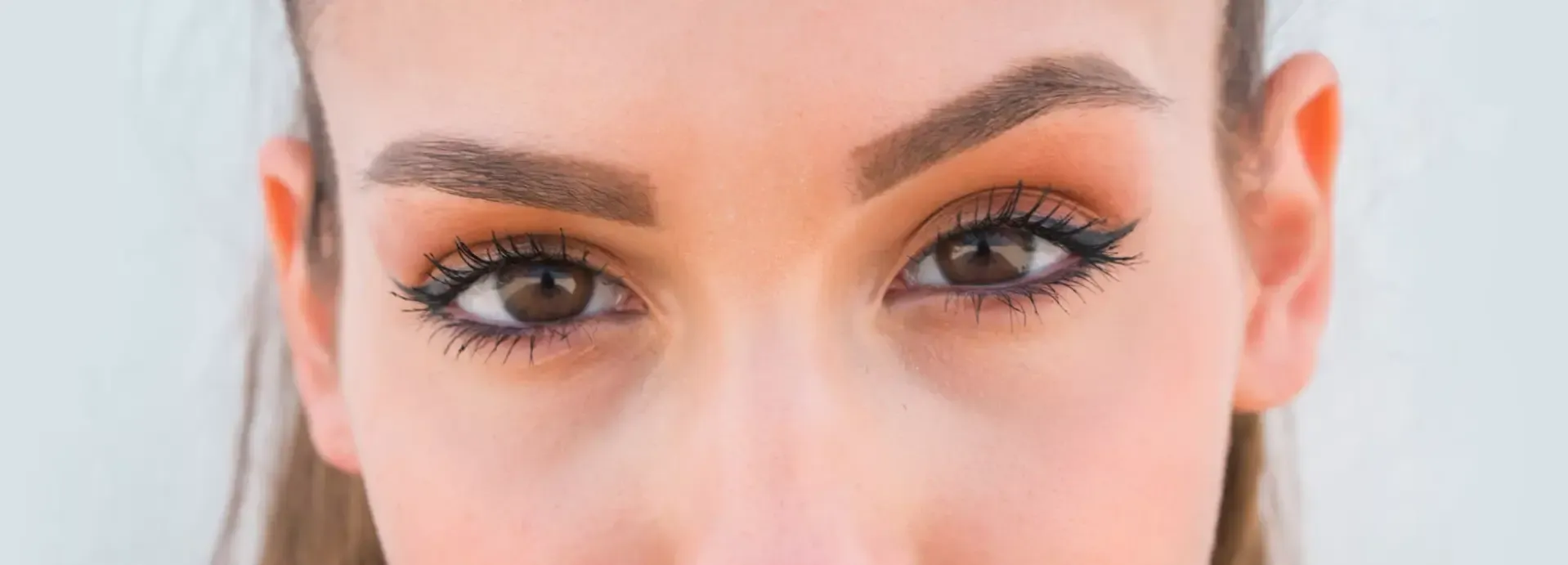Canthopexy: What It is and how It Can transform your gaze
The eyes are one of the most expressive features of the face. When they appear droopy or tired, they can convey sadness or aging, even when the person feels fine. That’s why many people look for aesthetic solutions to improve this area of the face. One of these solutions is canthopexy, a cosmetic surgery that helps rejuvenate facial expression.
In this article, we explain what canthopexy is, how it differs from other procedures like blepharoplasty, what benefits it offers, and what you should consider before deciding to undergo this procedure.
What Is Canthopexy?
Canthopexy is a surgical procedure performed at the outer corner of the eye, where the upper and lower eyelids meet. Its goal is to elevate and tighten the lower eyelid, creating a more harmonious and youthful appearance.
- This procedure is particularly useful for people with:
- Downturned or droopy eyes (tired or sad appearance)
- Laxity or sagging of the lower eyelid tissues
- Desire to improve eye symmetry
- Correction after a previous surgery, such as blepharoplasty
Unlike other treatments, canthopexy focuses on the internal structure of the eye, rather than removing skin or fat.
What Is canthopexy used for?
Canthopexy is primarily an aesthetic procedure, but it can also have functional purposes. Its most common uses include:
- Facial rejuvenation: Lifts the outer corner of the eye, reducing the appearance of tiredness or sadness.
- Improving symmetry: Corrects minor asymmetries in eye shape or position.
- Structural support: Strengthens the lower eyelid in cases of laxity or risk of ectropion (eyelid turning outward).
- Complement to other surgeries: Can be combined with blepharoplasty or a facelift for more comprehensive results.
Differences between canthopexy and blepharoplasty
Although both canthopexy and blepharoplasty are surgeries performed in the eye area, they have different goals and techniques.
Canthopexy focuses on the lateral canthus (outer eye corner) and its main goal is to elevate and tighten the lower eyelid, improving firmness and enhancing the almond shape of the eye. This is achieved by repositioning the lateral canthal tendon.
Blepharoplasty, on the other hand, targets the upper and lower eyelids and aims to remove excess skin and fat, thereby reducing wrinkles and signs of aging. The technique involves removal of skin and fat accumulated in the eyelids.
Both procedures share a similar recovery time of one to two weeks, and in many cases, they are combined to achieve a more balanced and natural result in the eye area.
How Is canthopexy performed?
The surgery is performed under local anesthesia with sedation or general anesthesia, depending on the case. It typically lasts between 45 minutes and 1.5 hours, and includes the following steps:
- A small incision at the outer corner of the eye, usually inside the eyelid or in a natural crease to make it barely visible.
- Tightening the lateral canthal tendon, lifting it to a higher, more secure position.
- Anchoring the tendon to the orbital bone to maintain the new shape.
- Fine and discreet sutures to close the incision.
Aesthetic and emotional benefits of canthopexy
Beyond physical appearance, this procedure has a positive impact on self-esteem and confidence. Notable benefits include:
- Brighter, more youthful and expressive eyes
- Improved eye contour without visible scars
- A more harmonious facial appearance
- Natural and long-lasting results
Many patients report feeling more secure in their social or professional lives after the procedure.
Frequently asked questions
Does canthopexy change the shape of the eye?
Yes, but subtly. The goal is to rejuvenate and elevate the outer eye corner without drastically altering the eye’s natural shape.
Can it be combined with other procedures?
Yes. It is commonly performed alongside blepharoplasty, facelift, or dermal fillers as part of a full facial rejuvenation plan.
Are the results permanent?
Results are long-lasting, but the natural aging process continues. In some cases, touch-ups may be needed years later.
Is the scar noticeable?
No. The incision is placed in natural folds or inside the eyelid, making it virtually invisible.


